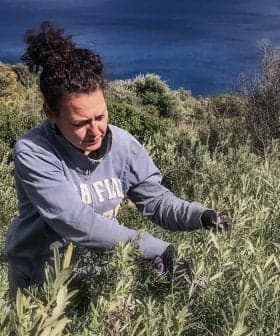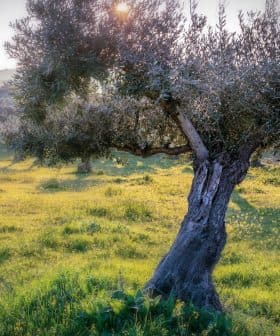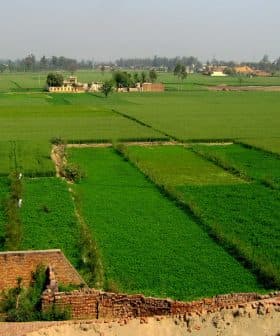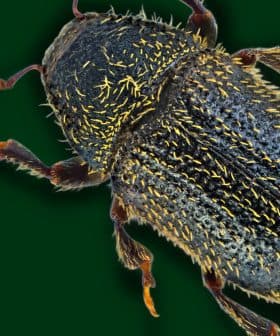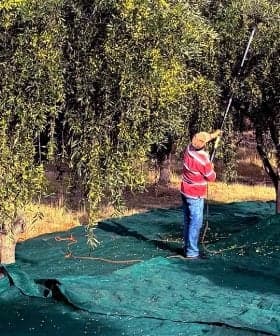A Better Method for Controlling Wild Olive Trees in Australia
A more affordable and time-saving method for culling wild olive trees in Australia has been found in basal bark spraying.
 6.1K reads
6.1K readsThe Australian olive oil industry is thriving, leading to an increase in demand for olive plants, but wild olive trees are invading bushland areas and destroying local vegetation. The Adelaide and Mount Lofty Ranges Natural Resources Department has found a more cost-effective control method for wild olive trees through basal bark spraying, which could help reduce the risk of bushfires in affected areas.
While the Australian olive oil industry continues to thrive, increasing the demand for the olive plants to be imported and farmed, the olive tree has not been welcomed in all areas of the country.
When local birds and animals consume its fruit, they inadvertently spread its seeds into bushland areas, where (if left unchecked) the seeds rapidly grow into ‘feral’ woody weeds that invade and destroy local vegetation, as well as deprive surrounding vegetation of adequate sunlight while they reach full height and breadth.
The feral olive trees are also created in instances when inexperienced farmers and gardeners attempt to grow their own trees, which are then abandoned or improperly harvested.
Wild olive trees can live for centuries and are known to provide breeding grounds for insects such as the apple weevil and the anthracnose fungus — both of which can harm the surrounding plantation and spread to healthy olive trees. It can also destroy valuable livestock grazing land and shore up pestilent animals such as foxes and rabbits.
All landowners are required by law to control any olive plants on their property, under the Natural Resources Management Act of 2004 and South Australian Declared Plant Policy.
Previous attempts at culling the wild olive tree (including cutting and poisoning the stumps) as well as drilling and filling stumps with a Glyphosate or Triclopyr mixture have proved unsuccessful, leading to the need for a more effective control method — one that the Adelaide and Mount Lofty Ranges Natural Resources believe that they have found in basal bark spraying.
The basal bark method has been found to be cheaper and time efficient in terms of hours of labor required and the amount and type of tools needed. It involves spreading a herbicide directly to the bark of a plant using a sprayer or similarly handheld device, forgoing the usual power drills and chainsaws required by ‘fill and drill’ methods.
Preliminary findings show that this method takes roughly 3.5 hours to execute at a cost of $386, compared to the fill-and-drill method which takes 44.5 hours and costs $2,913. It also can be done standing up, can be sprayed without a specific technique and eliminates the need to trim branches or surrounding debris.
Experts are careful to point out that the basal bark method is not a replacement for other methods of control, but can provide a lower cost alternative in areas with low woodlands and juvenile trees. In addition, it can take up to a year to completely eliminate leaves, allowing these leaves to reshoot in the future.
The success of the basal bark method comes as welcome news, with no end in sight yet to Australia’s past few months of record-level temperatures and high winds.
Several areas of the country have already started to institute plant clearing measures, and a fire ban has been issued in parts of New South Wales, the Greater Sydney and Hunter regions, parts of the Central Ranges, the Southern Slopes and the North West.
Wild olive trees pose a particular threat to spreading bushfires, as its leaves are rich with oil, retaining heat and fueling flames when alight. It’s removal — even temporarily — could have a significant effect on bushfire risk.


